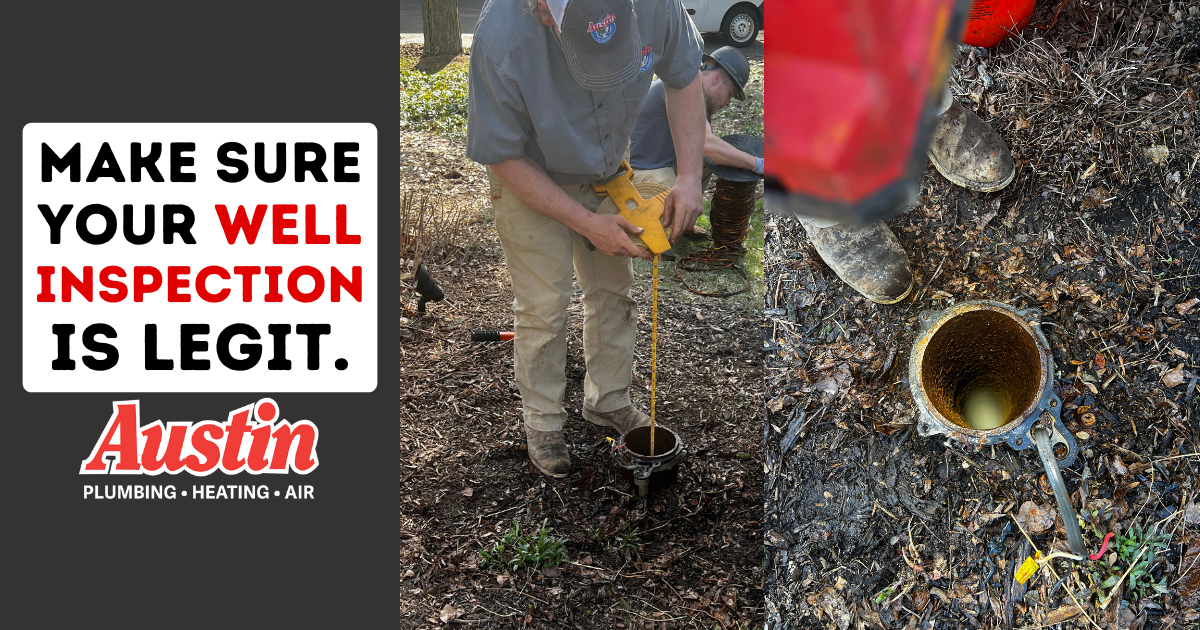Looking Down the Pipe: The Future of Skilled Trades

If there’s one thing we can all agree on, the American workforce has seen a veritable reboot, of such proportions not seen since WWII, the sexual revolution of the 1960s, and the tech boom. Plenty of blame can be cast on the great societal shift of 2020, when boomers left the job market, whether willingly or unwillingly, and younger generations scaled back their lives by working less or switching careers all together. Paired with new investment in American manufacturing, infrastructure goals, and record job growth, what has become more apparent than ever is a crushing shortage of skilled tradespeople.
Okay, boomer. No, really.
Our grandparents could build a house from scratch, change out a transmission, and hunt the meat that wound up on the table. They were do-it-all supermen and women, because they had to be. They made up the foundation of what we now know as the trades, and as we see them finally retire, the urgency to pass the torch in their field is upon us. We are already at this moment short of welders by 200,000 workers, and expect to need 400,000 by 2024.
Between them, machine tool operators, plumbers, carpenters, and electricians, America’s demand for trained professionals outpaces supply by at least 2 million workers.
Because of that scarcity, combined with the explosion of new businesses, home building, community infrastructure investment, and domestic manufacturing, control of the next 10 to 20 years belongs in the toolbelts of the skilled trades.
Sounds great. But how are we going to pull this off?
You see our dilemma. The market is willing to pay competitive wages and benefits, in a dynamic, secure industry, for a severely diminished workforce. Where are we going to find these people? Fortunately we have a couple advantages over other attractive fields.
2000 and prior, conventional four-year college degrees were seen as the only avenue to a life of comfort and career opportunity. As tuition skyrocketed, and salaries remained stagnant, the cost-benefit of a college education narrowed to nothing. Nearly half of those degree holders report working in a field that doesn’t require their qualifications whatsoever, rendering those four years wasted, leaving aside the conversation of college debt burying our overeducated workforce.
Skipping past this four-year gap and right into earning, without education loans or time wasted, has an undeniable appeal for young people looking to begin their adult lives with lucrative pay. States are driving more people of all ages into skilled trade education via local initiatives to prop up economies and attract business into their communities. The 2022 Bipartisan Infrastructure Bill injected billions of dollars into recruitment and training for these crafts, rolling out the red carpet for anyone looking for the next chapter of their career.
Looking for a few good men – and women!
First, we’ll have to be willing to hire those who are willing to work hard. Then, for the men and women looking to enter the trades, we will have to meet the demand with more on-the-job training, putting willing hands right to work in their given specialty.
High schools will be revamping their shop courses, even introducing prep courses to teenagers who can enter full-time employment with the skills needed as soon as they’re willing, during or following school. Already well-established virtual learning will be an excellent tool to onboarding new talent, whether by online education or VR headsets, where mistakes can be made without flooding a client’s basement.
UPDATE: The Skilled Trades in 2024
As of December 2023, the demand for plumbing, heating, air conditioning and electrical workers has stabilized to some degree. This seems to be the result of climbing interest rates and other economic stressors. However, this work is still in high demand even as we stare 2024 in the face.
The good news? Now, there’s more time available for existing companies to invest in training new tradesmen properly and thoroughly. Sure, the industry has slowed down, but only in the way that a bullet train loses some momentum when it comes to a curve in its tracks! In short, there’s no danger of the industry dying – but we’ve gained a little breathing room leading to better service over all.
Skilled trade work remains a great opportunity for young people. In fact, it’s even more appealing now, considering how wages have risen. And for customers? Even better: you’re getting the cream of the crop.
What’s the best way to ensure there are tradespeople ready to work tomorrow, and beyond?
In short, start them young. The future of the trades in large part lands on the shoulders of parents, neighbors, educators, and other early influences upon the next generation. Ideally these skills will be learned early throughout one’s upbringing, however they can be acquired in adulthood by just about anyone with the will to achieve. Our industry is aware of the labor gap, and is geared up now to train plumbers, electricians, HVAC technicians, and many other skilled professionals, whether they be on day one of their career, or experienced and looking to expand their toolbelt. A solid work ethic, patience, and problem solving skills are an excellent foundation from which to start, and from there Austin can build one’s proficiency, and a lifelong career that’s in perpetual demand.
As a workforce, we can expect rapid growth in our field, with more opportunities to advance than ever. Record residential and commercial development will require a new legion of talented upstarts, and Austin is excited to train them in the trades, and empower them in their own futures.





